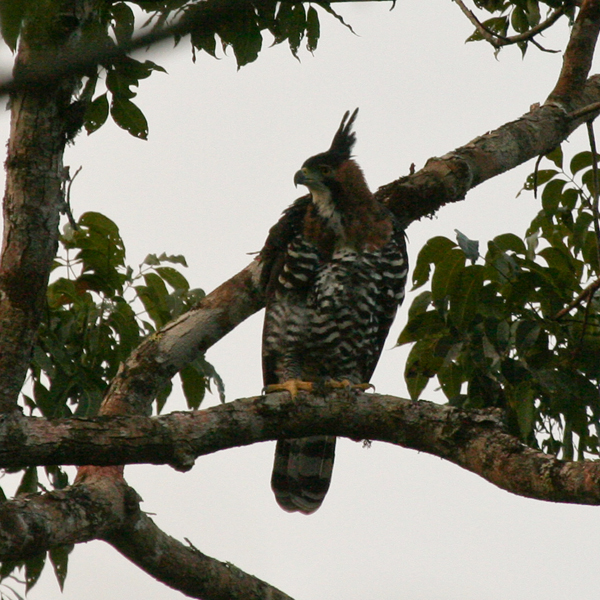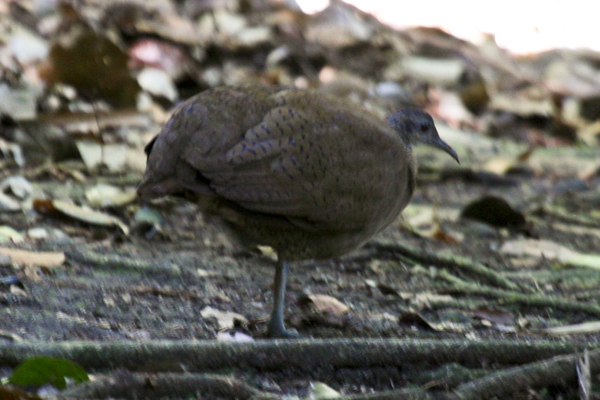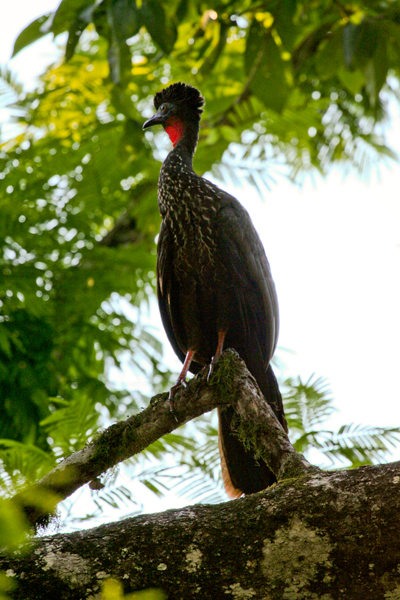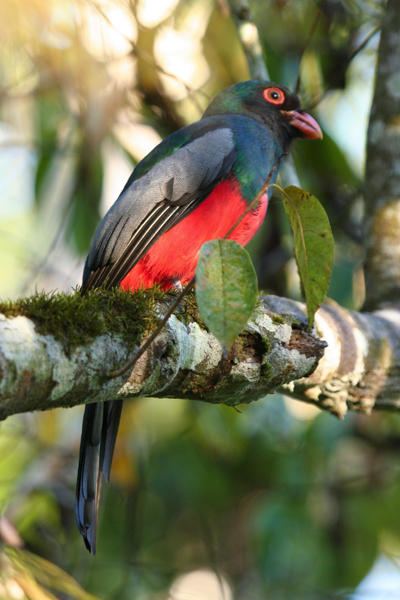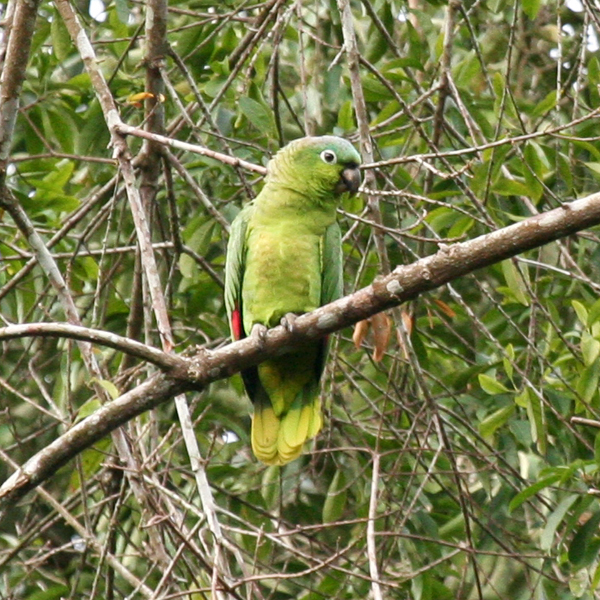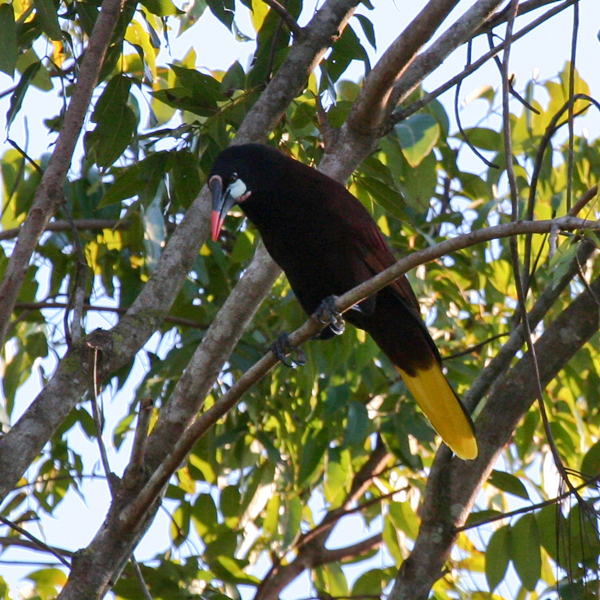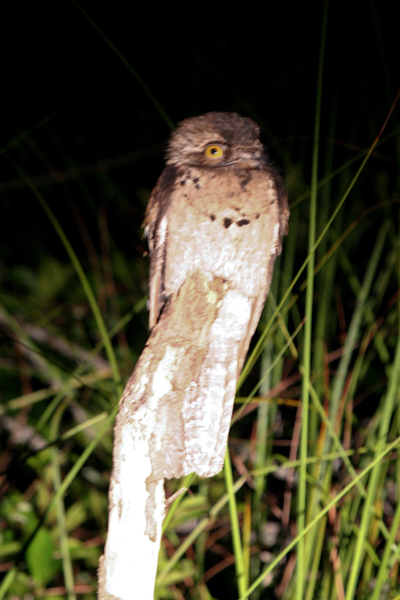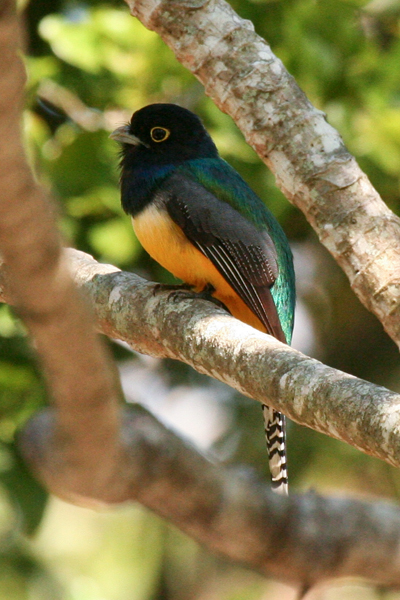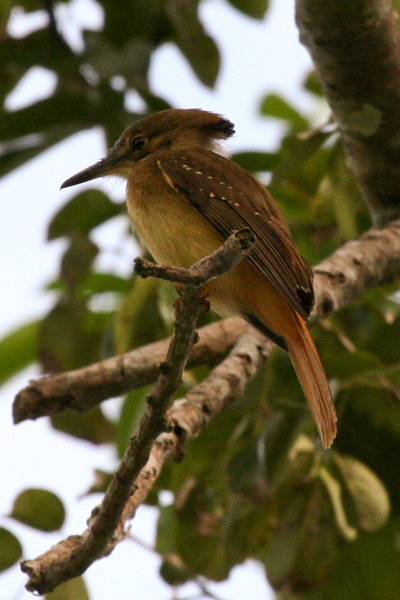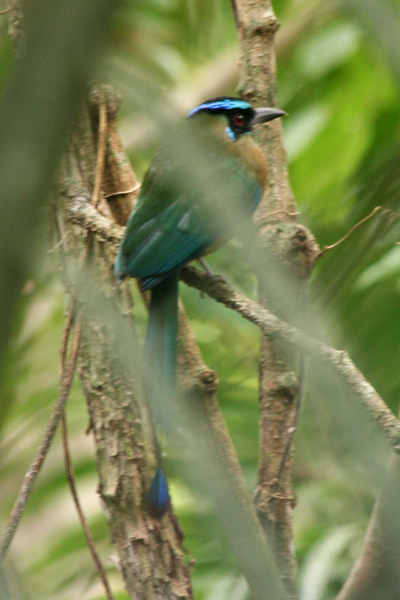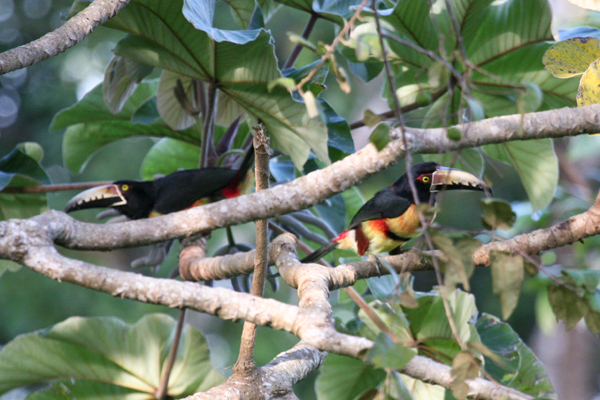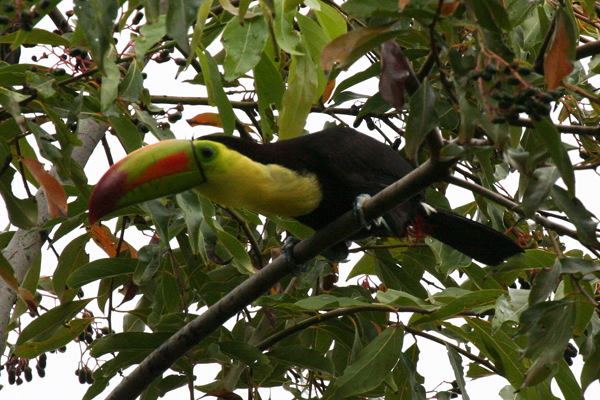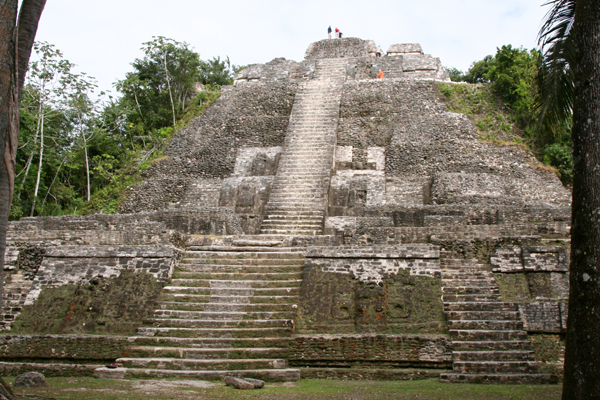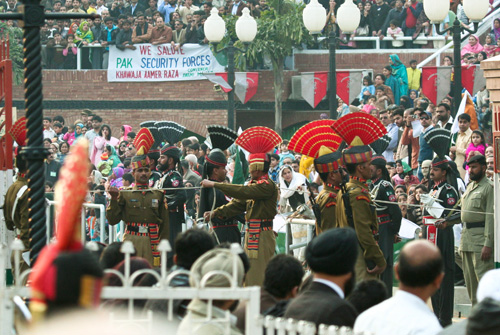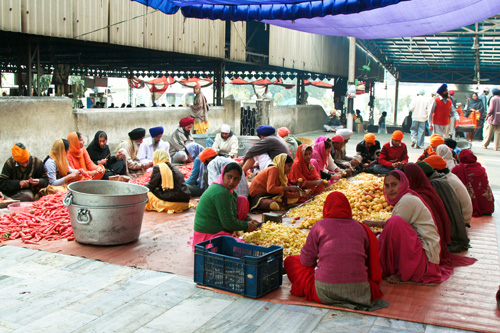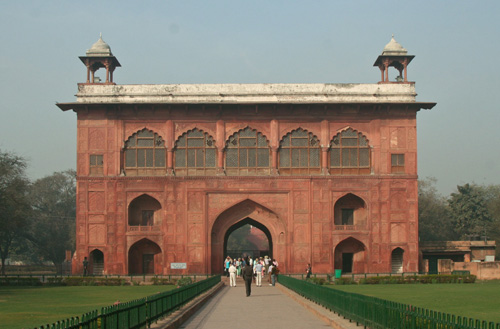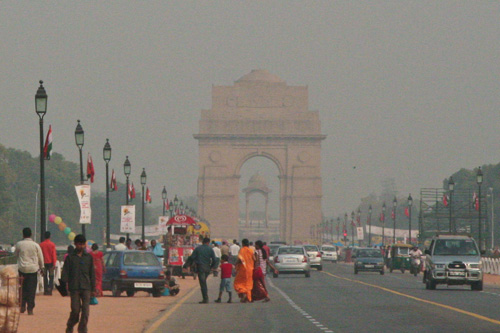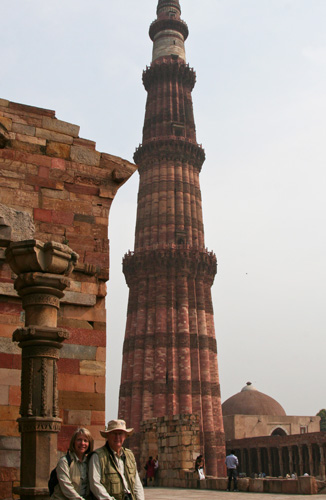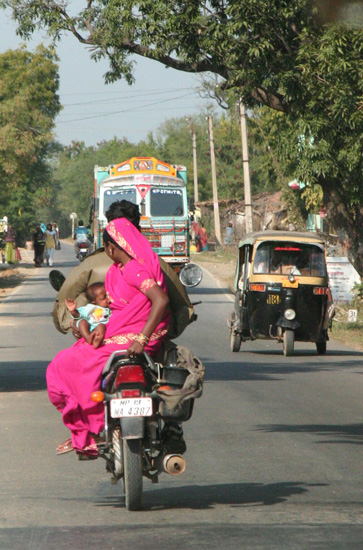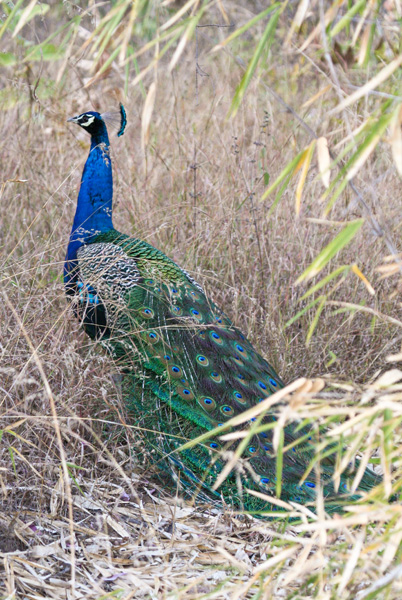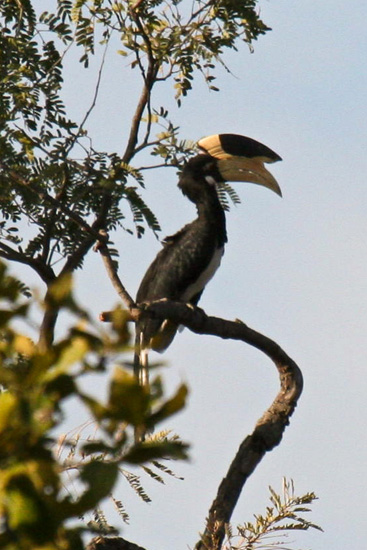Bartolome and North Seymour. Not far from Santiago lies the small island of Bartolome, and somewhat farther south, the island of North Seymour. Today we visited both. Bartolome resembles a moon-scape. It is a relatively new volcanic island and not much vegetation has taken hold, and consequently, it holds very little wildlife. After a dry landing we climbed a relatively steep boardwalk to the pinnacle, a trip of about 30 minutes. From the top we could overlook the entire island and Pinnacle Rock, an eroded “tuff” cone.
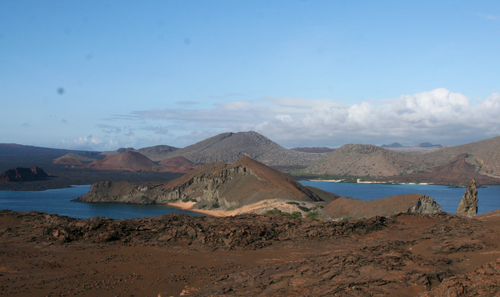
Crystal clear waters offered great snorkeling for those who wished. We saw a few more Galapagos Penguins as we glided along the rocks in our Panga. Sea turtles and a white-tipped shark were spotted. In the afternoon we landed at North Seymour and walked. Among the sightings were Swallow-tailed Gulls, Blue-footed Boobies, and our first look at the endemic Land Iguanas.
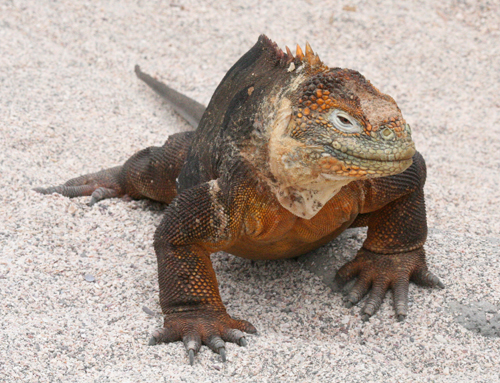
The island was full of Magnificent Frigatebirds, many in nesting mode, and many juveniles preening and exercising their wings. A few of the males were grandly displaying their red throat pouches.
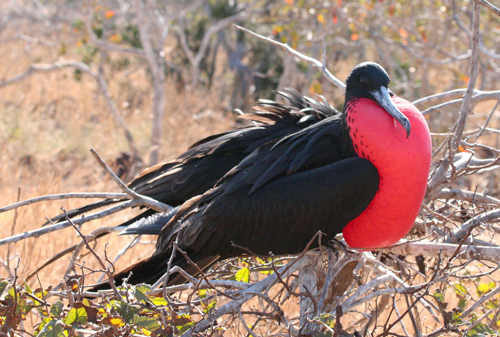
Santa Cruz. Over-night we cruised to Santa Cruz. This morning we boarded a bus and traveled to the highlands of Santa Cruz, for our first look at free Giant Tortoises. This trip provided our first look at agriculture, with cattle again being the primary apparent product, accompanied by flocks of Cattle Egrets. We stopped briefly at an overlook in a forest preserve, where I saw my first Tree Finches, in this case, Small Tree Finches.
We were surprised to see many Giant Tortoises freely roaming about the private ranch that was the focal point of the morning excursion.
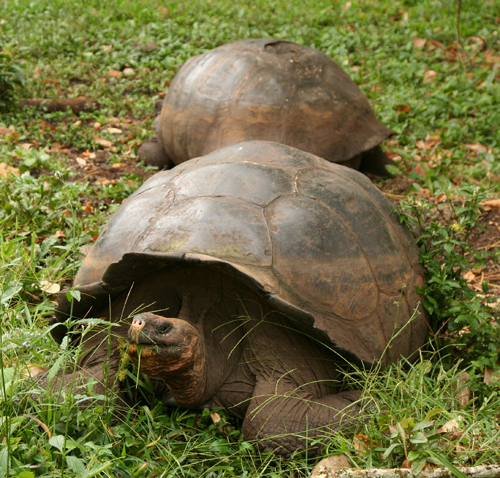
We were able to walk about freely among them for quite some time. We also enjoyed a walk in a “Lava Tube”. This is a large tunnel formed by the flow of melted lava (magma) from the ancient volcano which erupted upland from the tunnel. A Barn Owl was resting in a secluded nook near the entrance. We also had brief glimpses of a couple of Galapagos (Dark-billed) Cuckoos. Galapagos Mockingbirds have been present in close proximity for several days.
We returned to the boat for lunch and then went to the Charles Darwin Research Station at Puerto Ayora. This is the largest town in the Galapagos, with a population of about 20,000 permanent residents. The Charles Darwin Research Station may well be doing important work, but as a tourist attraction, it did not offer much. We did see “Lonesome George”, the last surviving member of the Pinta Island subscpecies of Giant Tortoise.
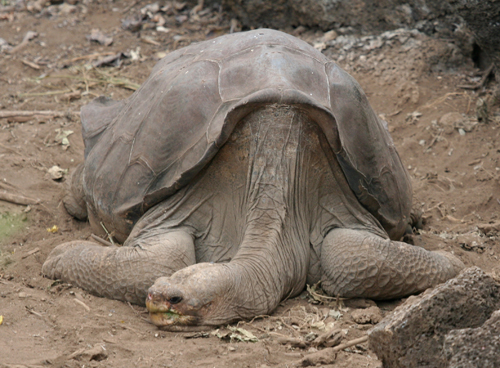
So far, efforts to mate him with closely related subspecies have been unsuccessful, so Lonesome George may live out his life as the last survivor. We were told that the life expectancy of Giant Tortoises is not definitely known, but could be somewhere between 150 and 300 years. That latter part of the afternoon was spent walking around the town, which has a number of tourist shops. The ice cream was quite good. Lava Gulls were present in the town, along the water front.
After dinner aboard, we made the long, and quite rough, crossing to Espanola.
Epanola. Today, Saturday, November 5th, we arrived at Espanola and made a dry landing at Punta Suarez. This was our favorite place of the entire trip. We thoroughly enjoyed the long and leisurely walk along the rocky trails. There was great variety, including a nesting colony of Waved Albatross.
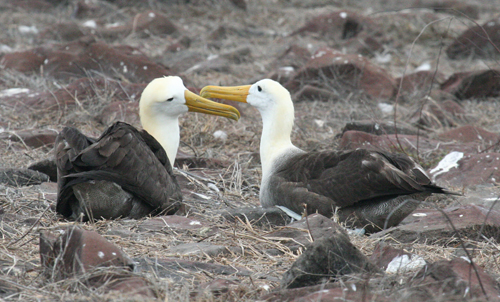
These magnificent birds seemed unperturbed by our presence. Others in abundance were Blue-footed Boobies,
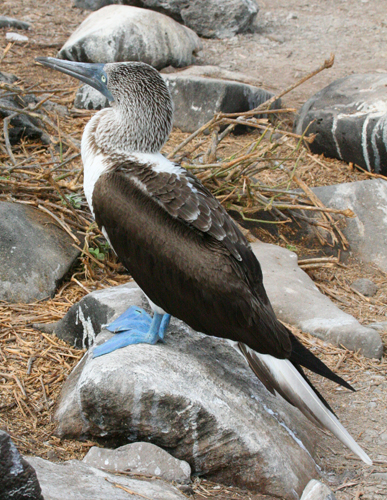
the Espanola specific Hood Mockingbirds, which were very tame, Red-billed Tropic Birds, Galapagos Hawks, Galapagos Doves, Nazca Boobies,
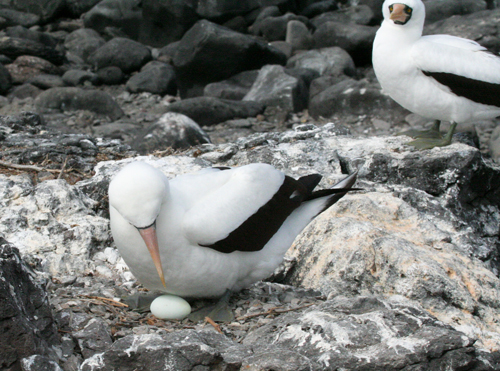
Frigatebirds, Swallow-tailed Gulls, Lava Herons, and, finally, a Large Cactus Finch. There were Red and Green Iguanas, lots of Sea Lions and innumerable Sally Lightfoot Crabs, strikingly orange on the black rocks.
In the afternoon we made a wet landing at Gardner Bay, with its beautiful white sand beach. We ventured to wade in the ocean here, our first venture into the water, and found the water comfortably warm and very soothing. We shared the beach with hundreds of Sea Lions, who simply ignored us. Many Sea Turtles were cruising just a few feet off shore, poking their heads above water occasionally for a big breath.
We again enjoyed an evening meal aboard, this time with Richard and Marie, one of the British couples on board. (The passengers represented 4 countries: 8 from the U.S., 8 from Great Britain, 3 from Germany and 1 from Canada).
Return to San Christobal. From Espanola we cruised back to San Christobal. Our plane to Guayaquil did not leave until a little after noon, so we were able to visit the Interpretation Center at San Christobal. This is very worthwhile. After this visit we had a couple of hours to stroll around the town before boarding our bus to the airport.
Endemic Species and Subspecies. According to Swash and Still in their Identification Guide to the Galapagos, there are 44 endemic species and subspecies of birds (i.e., species or subspecies that are nowhere else in the world) that can be found in the Galapagos Islands. I was satisfied to be able to see and identify 33 of them, all mentioned in this and my prior blog. I did not see 8 of the endemic species: i.e., 5 of the Darwin’s Finches: Large Tree Finch, Medium Tree Finch (found only on Floreana, which we did not visit), Woodpecker Finch, Vegetarian Finch, and Mangrove Finch (very rare); Floreana Mockingbird (found only on Florean, which we did not visit); Galapagos Rail; and Galapagos Martin.





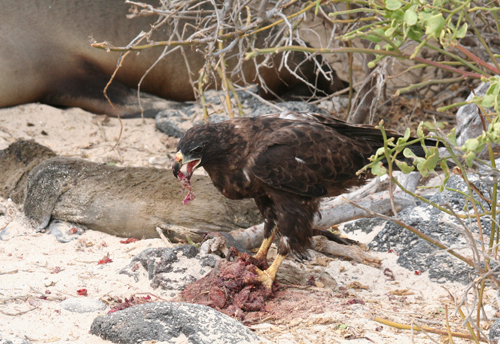


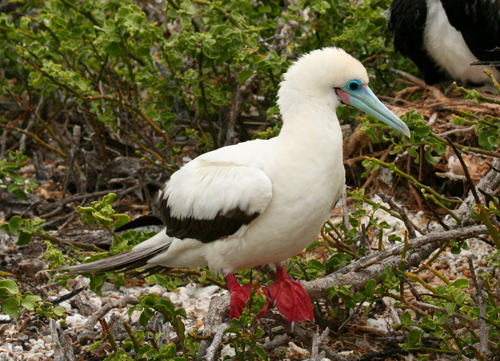
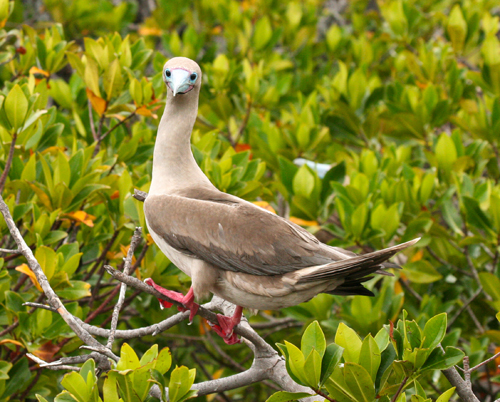
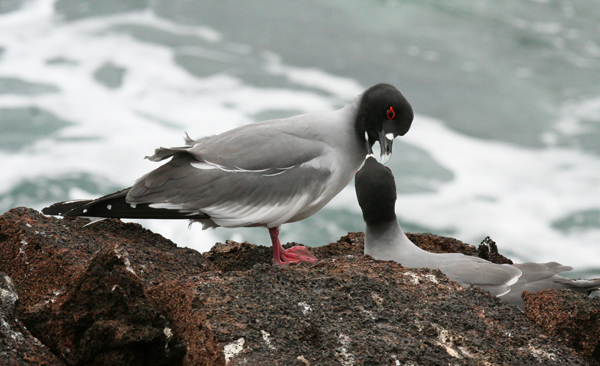
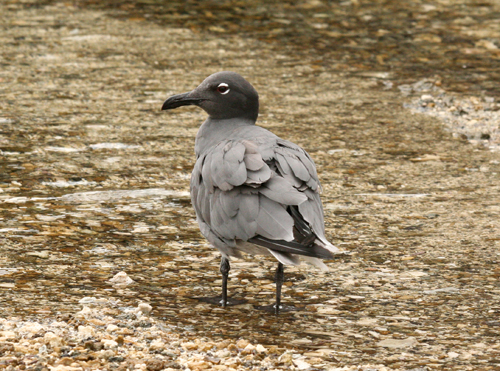
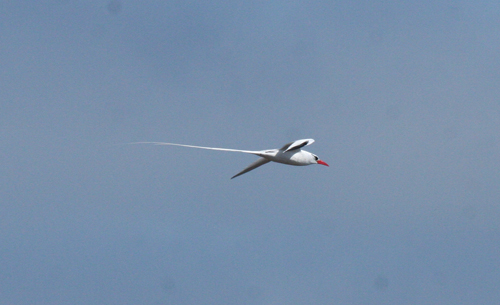
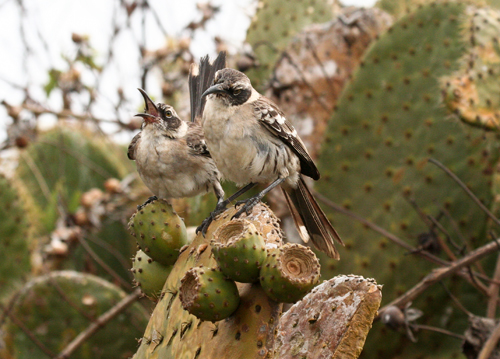
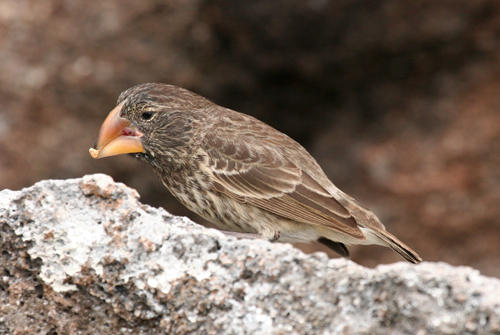



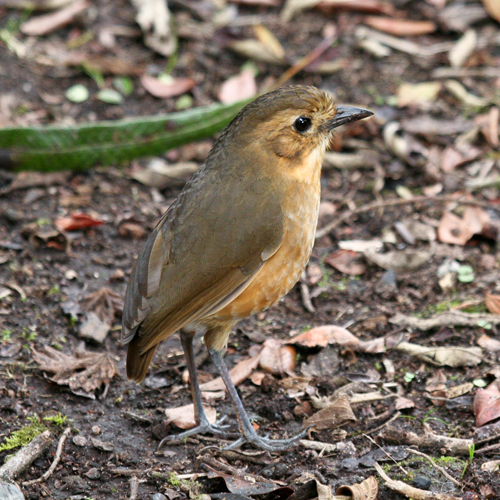
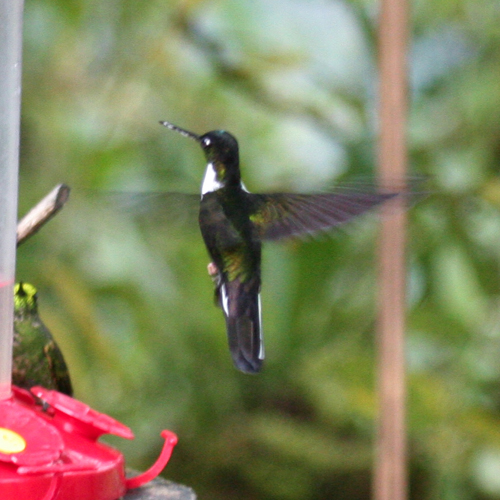


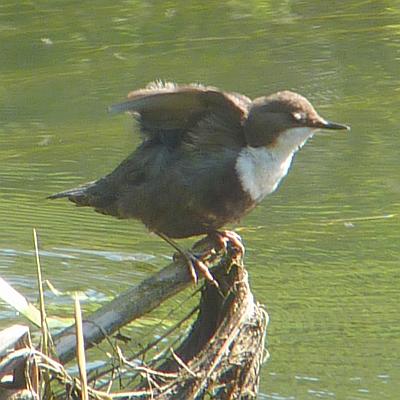
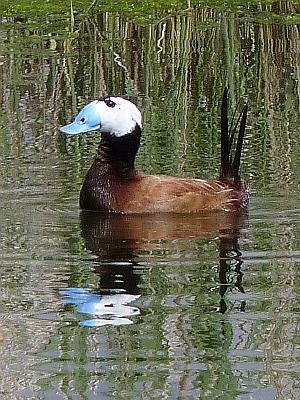

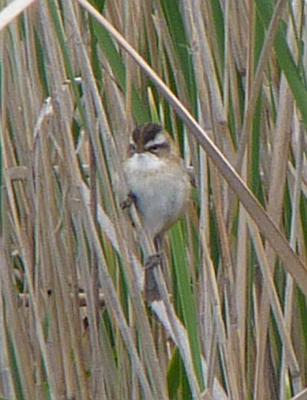
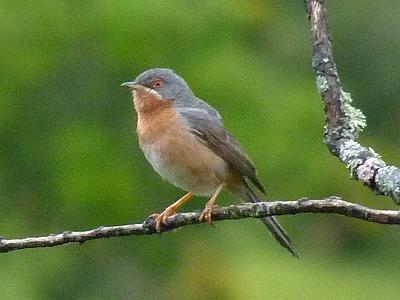
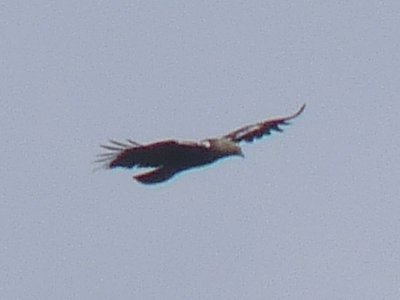
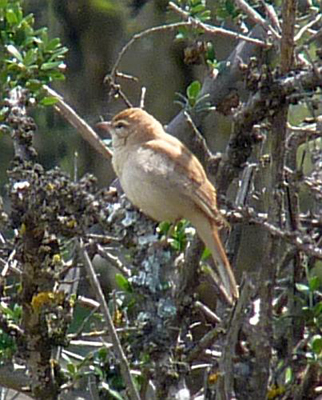
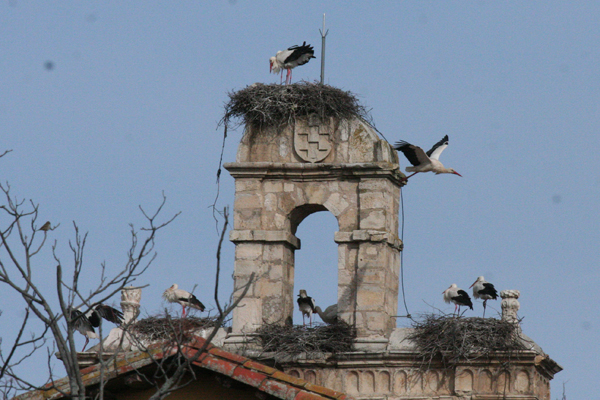
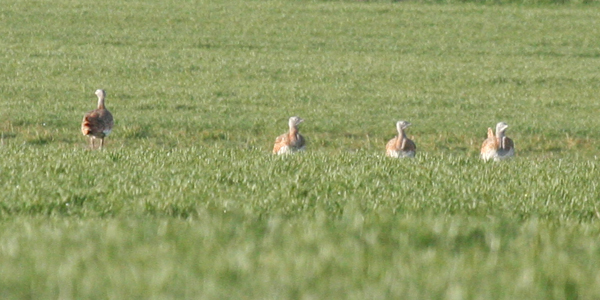
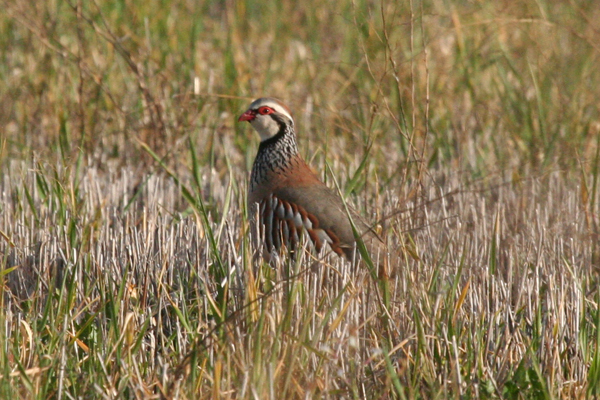

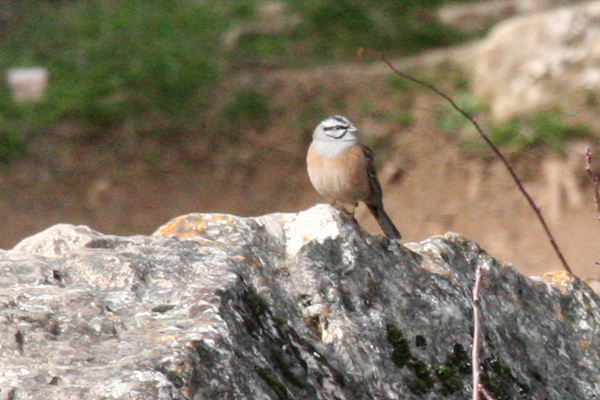
 ]
] 